
Sparks and electrical appliances are definitely not a good combination! If you’re using your microwave and you notice sparking, don’t panic! Simply turn it off at the outlet and read our guide – we have the most common causes of a sparking microwave and how to fix them.
How Do Microwaves Work?
Before we start on why your microwave is sparking, here’s a little background on how microwaves work so you can understand the mechanics! Microwaves use microwave radiation to agitate water molecules in your food, which creates heat due to vibrations. This allows for quick and efficient heating of your food.
The microwaves are generated in the magnetron, which is then directed into the microwave oven’s interior to cook your food. Although the radiation part might sound alarming, microwaves are actually very safe – the microwaves are completely contained inside the microwave and can’t escape while the microwave is operating.
How Do Microwaves Spark?
Microwave sparking is also known as ‘arcing’, and can have several causes. If metal is used in your microwave, the conductive nature of the material can cause sparks because microwaves excite the electrons in the metal. Likewise, excess grease can also cause sparks as they become carbonized through repeated heating, causing them to become more conductive and generate sparks.
Common Causes of Sparking Microwaves
Microwave sparking is pretty common – here are some of the most common causes.
Metal objects in the microwave
Using any type of metal object in your microwave can lead to sparking. This includes cutlery, scraps of aluminum foil, and metallic aspects on food packaging. This is because metal is highly conductive and reflects microwaves, leading to electrical arcs. It’s not only damaging to your microwave – it can even cause a fire, so ensure you never put anything with metal elements into your microwave.
Food or grease buildup
We’ve all been guilty of not keeping our microwaves as clean as they should be! Over time, food debris and grease can accumulate on the walls and ceiling of the microwave. With every use, they’re subject to heat, and over time the food residue can carbonize and become highly conductive. This means they can become a focal point for microwave radiation, leading to heating and sparking. Take this as a sign to keep your microwave’s interior clean – always cover your food, and wipe up spills and splatters straight away!
Using the wrong cookware
There’s a reason that certain dishes and containers are labeled as microwave-safe – microwaves need the correct cookware to function properly. Even if cookware appears to be metal-free, it can still have metal particles contained in the glaze, which can cause sparks. Make sure you only use certified microwave-safe containers in your microwave – this will greatly reduce your risk of sparks.
Cooking low-moisture food
Microwaves primarily work by vibrating water molecules in your food and creating heat due to the friction in the vibrations. If you’re trying to heat food with very low moisture content, such as a dry bread roll, it can mean there are insufficient moisture particles to absorb and distribute the microwave energy. This can lead to all the energy being concentrated on a small area of your food, which may lead to overheating and sparking. One way around this is to include a microwave-safe cup or container of water in your microwave at the same time as heating low-moisture food.
Faulty waveguide cover
Every microwave has a waveguide cover – it directs the microwaves from the magnetron and into the cooking chamber. If the cover is damaged it can lead to concentrated spots of energy that can cause sparks. If any part of your microwave is damaged, it’s recommended that you purchase a new one or get professional help. Microwaves can be dangerous to work with as they retain an electrical charge that can be strong enough to cause death.
Faulty stirrer
Your microwave’s stirrer is responsible for distributing the microwaves evenly through your microwave’s interior. If this is damaged, all the microwaves can end up concentrated in a single spot, causing sparks or even fires. You can replace a faulty stirrer blade, but we recommend enlisting the help of a professional due to the risk of electric shock from your microwave’s interior.
Preventing Your Microwave From Sparking
The best way to avoid a sparking microwave is to take care never to use it improperly. Here are our top tips for preventing sparking:
- Avoid metal: Make sure you never put any metal objects in your microwave. Metal trim on plates and bowels, scraps of aluminum foil, and metal cutlery should all be avoided.
- Always cover your food: Covering your food helps keep your microwave interior clean and avoids the spills becoming carbonized. Use a covered microwave-safe container, or place a paper towel over a microwave-safe bowl.
- Use the right cookware: Check that your containers and bowls are microwave-safe before using them – this helps you avoid items that have hidden metal particles.
- Clean regularly: Keeping your microwave clean ensures spills are removed before they can become overcooked and carbonized, thus avoiding sparking.
- Add moisture to dry food: If you’re heating low-moisture food or items, such as a dry bread roll or a wheat bag, always include a cup or container of water to help distribute the microwave energy.
- Never operate empty: Operating empty means there isn’t anything inside your microwave to absorb the energy, which can cause sparking.
- Don’t overcook your food: Overcooking your food can remove the moisture and lead to hotspots forming, sometimes leading to sparks or even fires. It’s better to check your food’s temperature regularly and put it on for longer than to overcook it.

Why Is My Microwave Sparking?
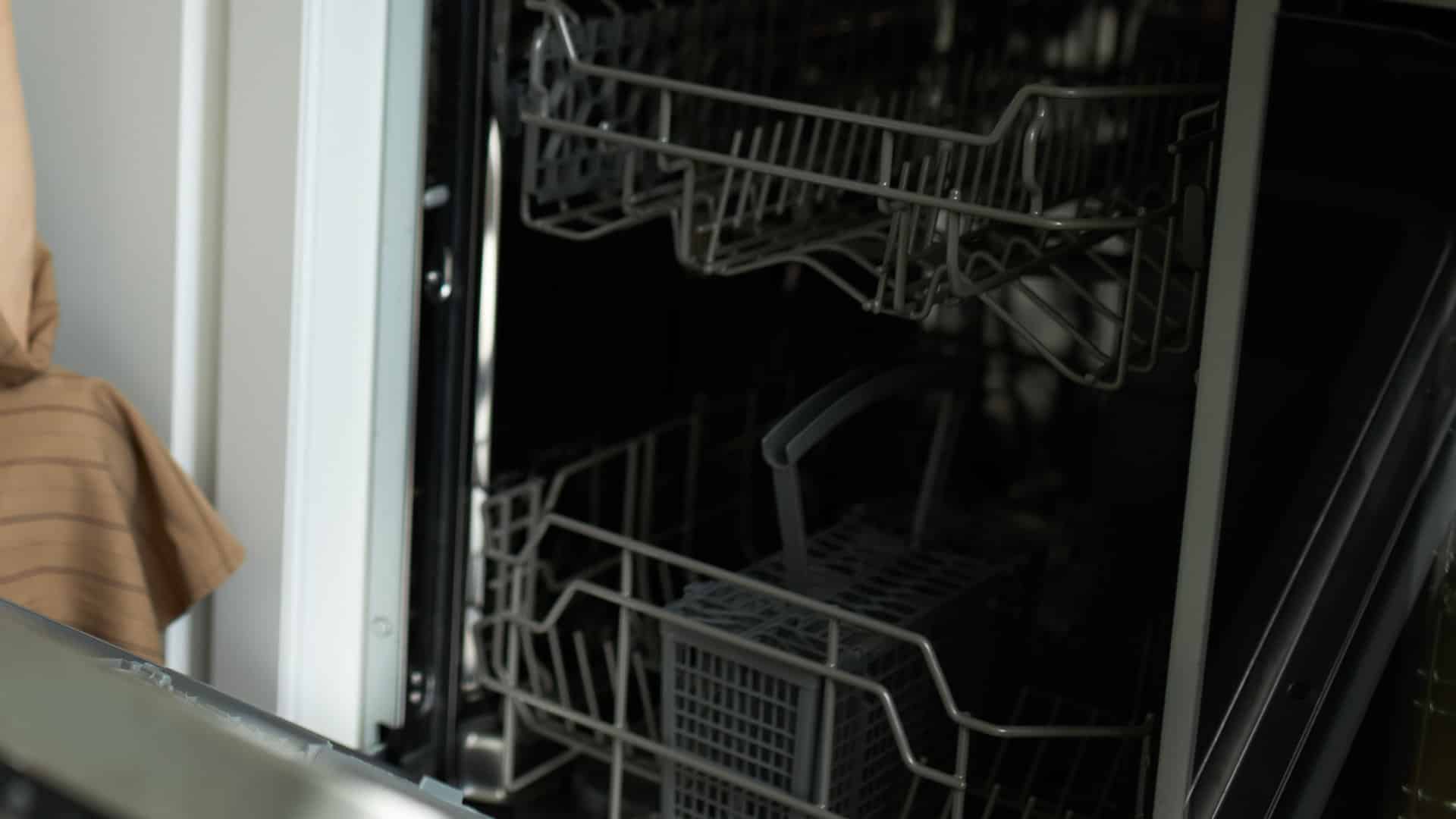
Understanding Frigidaire Dishwasher Error Codes

How to Dry Shoes in Dryer Without Damaging Them
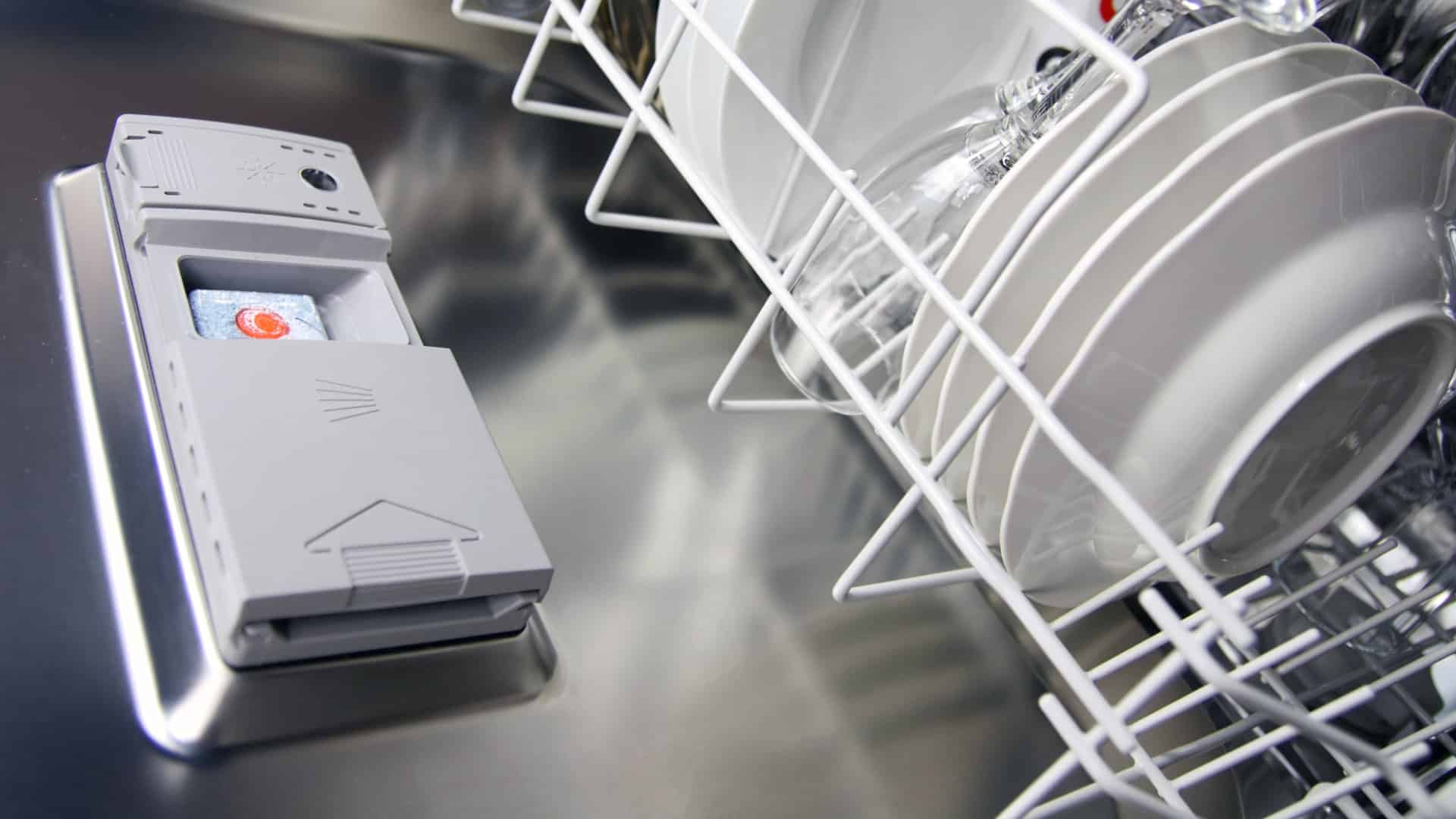
Why Is My Dishwasher Leaking?

How to Solve Electrolux Dryer Error Code E64
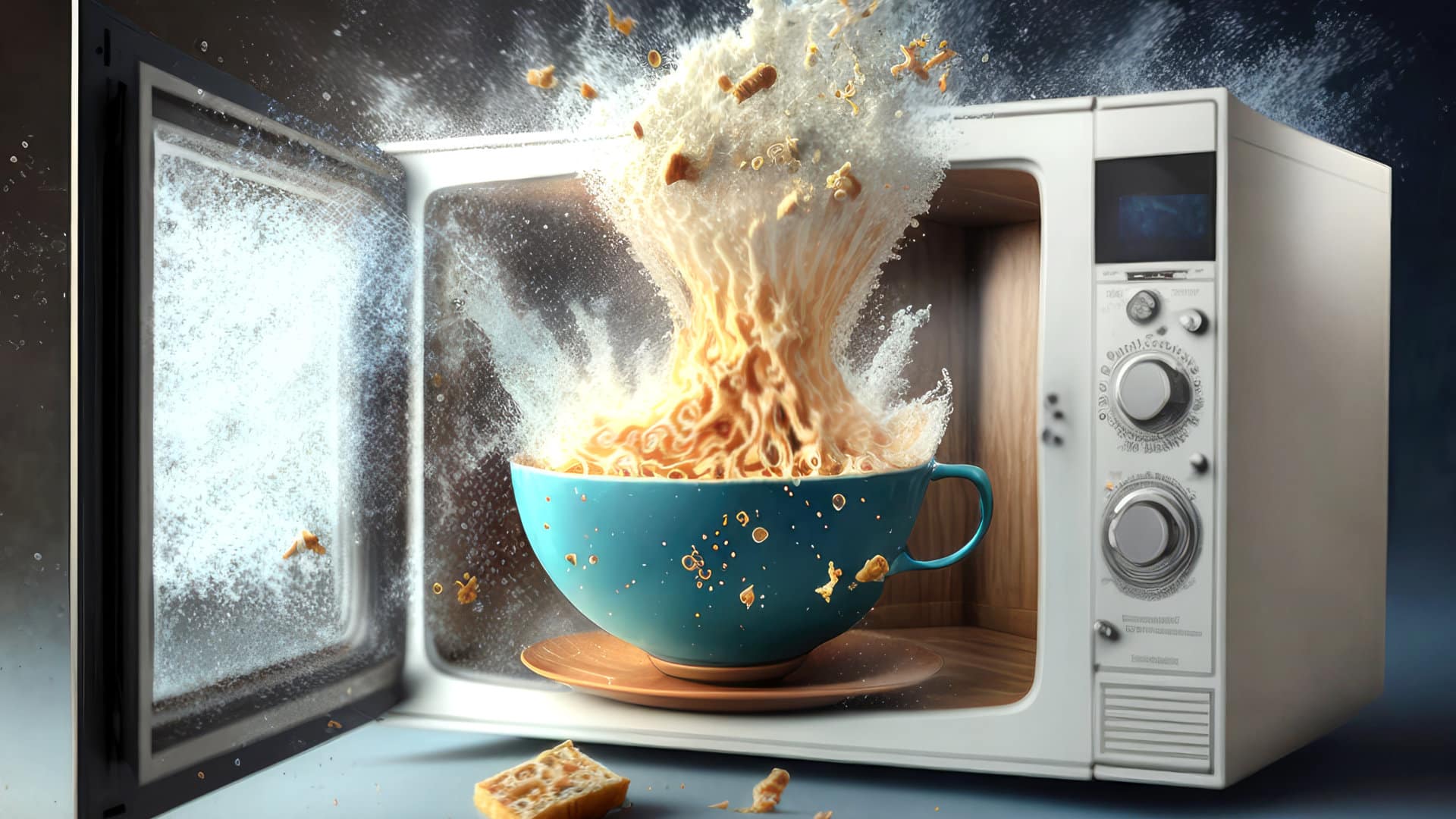
Microwave Light Won’t Turn Off? Here’s Why
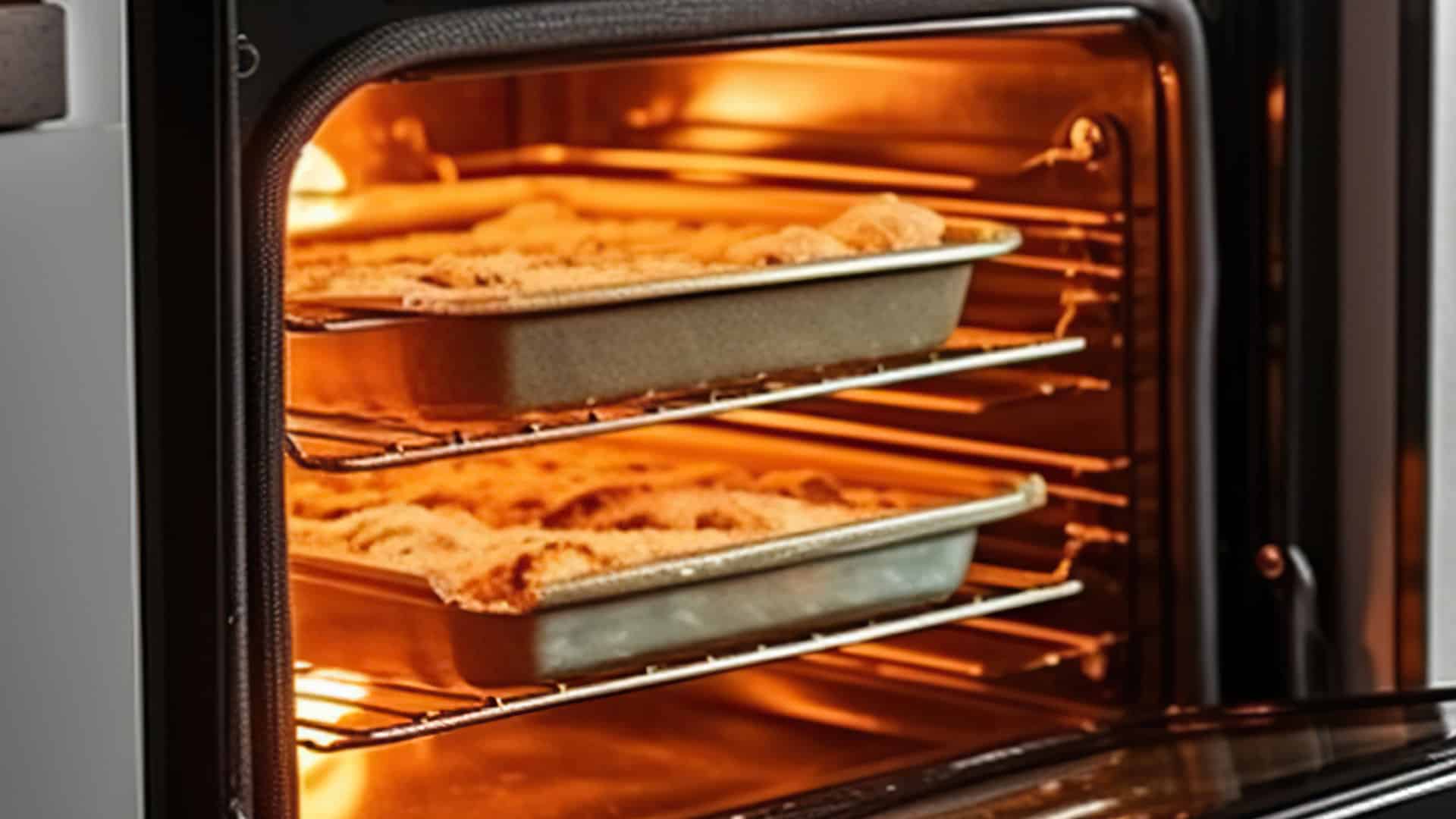
GE Oven F9 Error Code: How to Fix It

How to Use a Self-Cleaning Oven (In 4 Steps)

How To Use a Maytag Top-Load Washing Machine
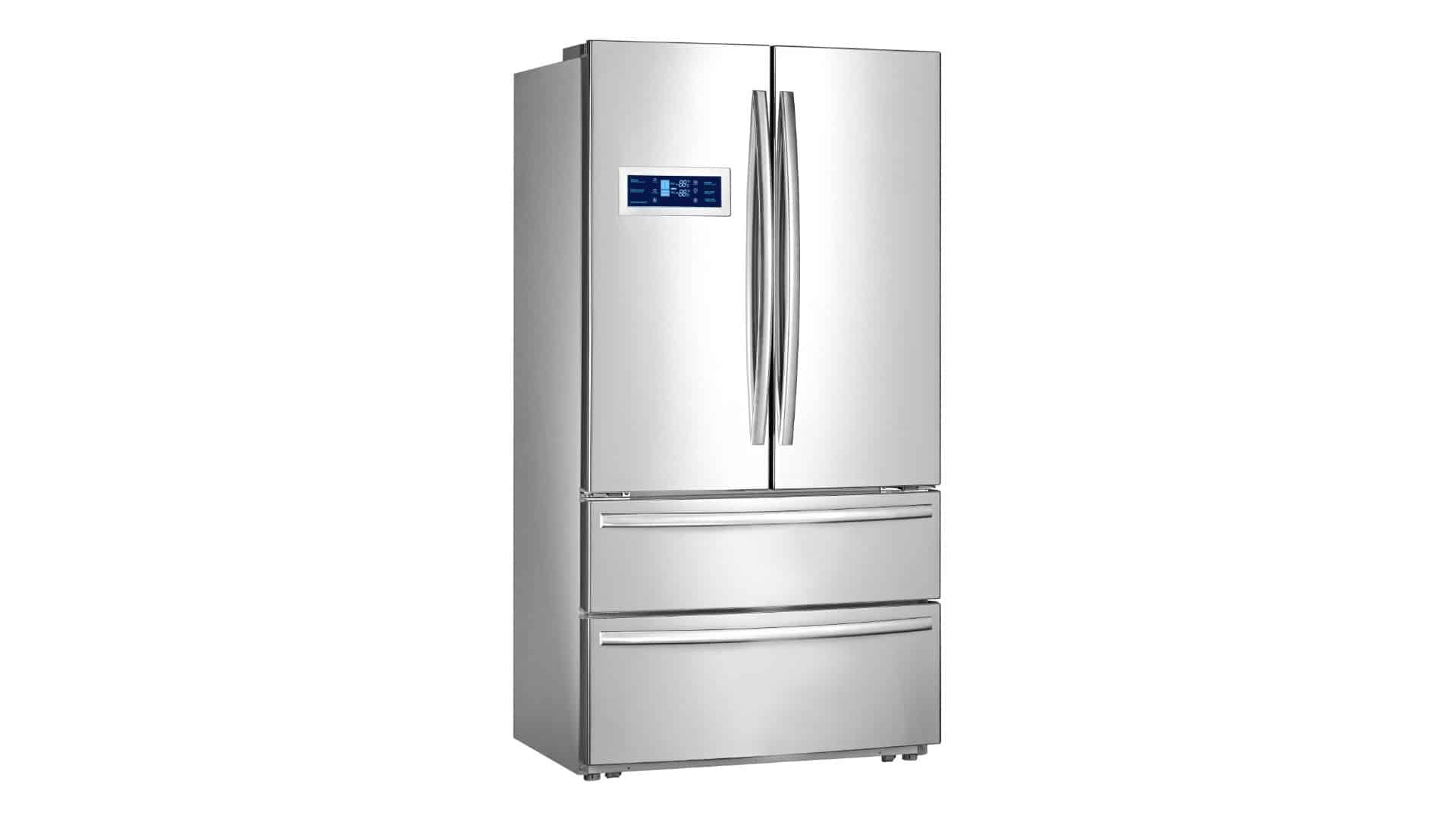
What to Do If Your Samsung Ice Maker Is Not Making Ice

How to Fix a Microwave Turntable That’s Not Turning

How to Wash Pillows in a Washing Machine

How to Fix an Ice Maker That Isn’t Working
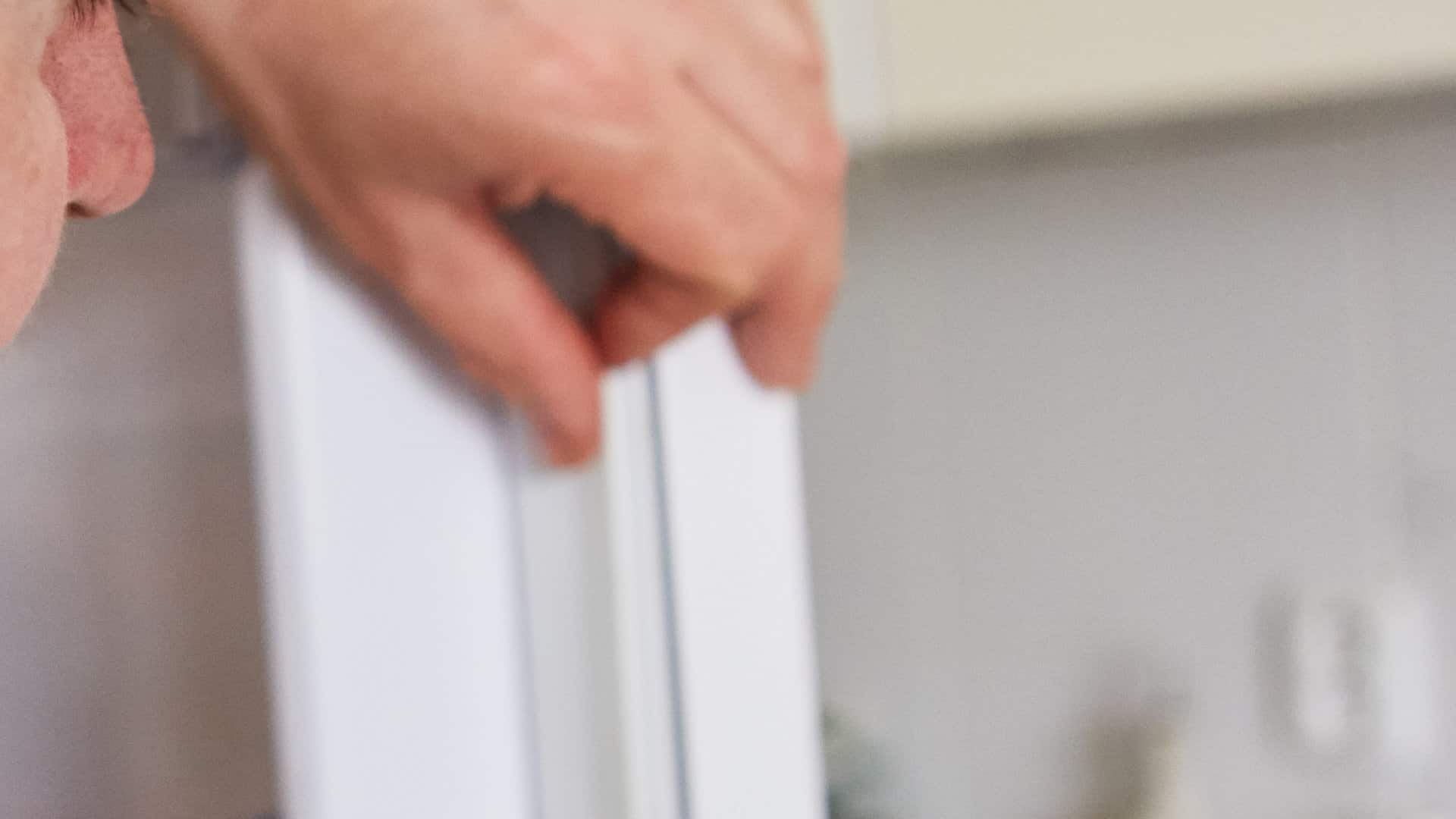
Broken Refrigerator Door Seal? How To Fix It


